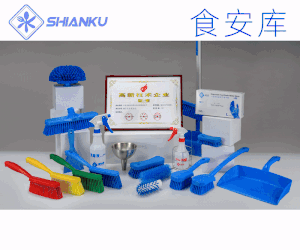食品伙伴網(wǎng)訊 據(jù)歐盟公報(bào)消息,1月17日歐盟發(fā)布(EU) 2017/84號(hào)委員會(huì)建議,建議成員國在2017年與2018年監(jiān)測食品和食品接觸材料及制品中烴類礦物油。
烴類礦物油是主要來自石油,還可由煤、天然氣以及生物合成產(chǎn)生。烴類礦物油可經(jīng)環(huán)境污染、食品生產(chǎn)與收獲過程中使用的機(jī)油、加工助劑、食品添加劑與食品接觸材料等途徑遷入食品中。食品級(jí)烴類礦物油中的芳香烴含量較低。
歐盟委員會(huì)建議成員國聯(lián)合食品生產(chǎn)經(jīng)營者于2017年、2018年開展食品中烴類礦物油的監(jiān)測。對(duì)監(jiān)測方法、取樣方法、分析方法、數(shù)據(jù)提交等進(jìn)行了說明。
部分原文報(bào)道如下:
Mineral oil hydrocarbons (MOH) are chemical compounds derived mainly from crude oil, but also produced synthetically from coal, natural gas and biomass. MOH can be present in food through environmental contamination, lubricants for machinery used during harvesting and food production, processing aids, food additives and food contact materials. Food grade MOH products are treated in a way that the mineral oil aromatic hydrocarbons (MOAH) content is minimised.
In 2012 the Scientific Panel on Contaminants in the Food Chain (ConTAM Panel) of the European Food Safety Authority (EFSA) concluded (1) that the potential human health impact of groups of substances among the MOH vary widely. MOAH may act as genotoxic carcinogens, while some mineral oil saturated hydrocarbons (MOSH) can accumulate in human tissue and may cause adverse effects in the liver. As some MOAH are considered mutagenic and carcinogenic, it is important to organise monitoring of MOH to better understand the relative presence of MOSH and MOAH in food commodities that are major contributors to dietary exposure.
原文鏈接:http://eur-lex.europa.eu/legal-content/EN/TXT/?uri=uriserv:OJ.L_.2017.012.01.0095.01.ENG&toc=OJ:L:2017:012:TOC
相關(guān)政策解讀











 地區(qū):
地區(qū):






 魯公網(wǎng)安備 37060202000128號(hào)
魯公網(wǎng)安備 37060202000128號(hào)



